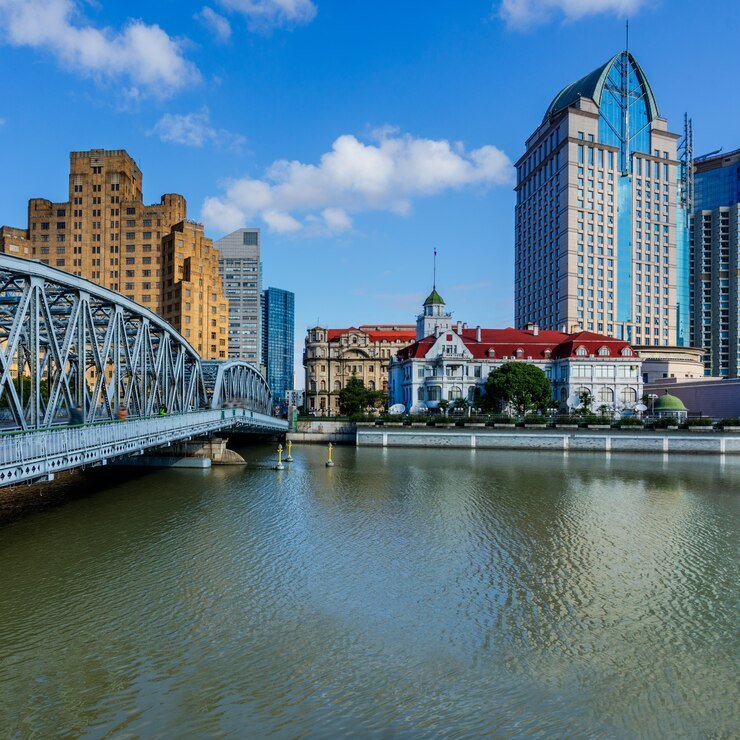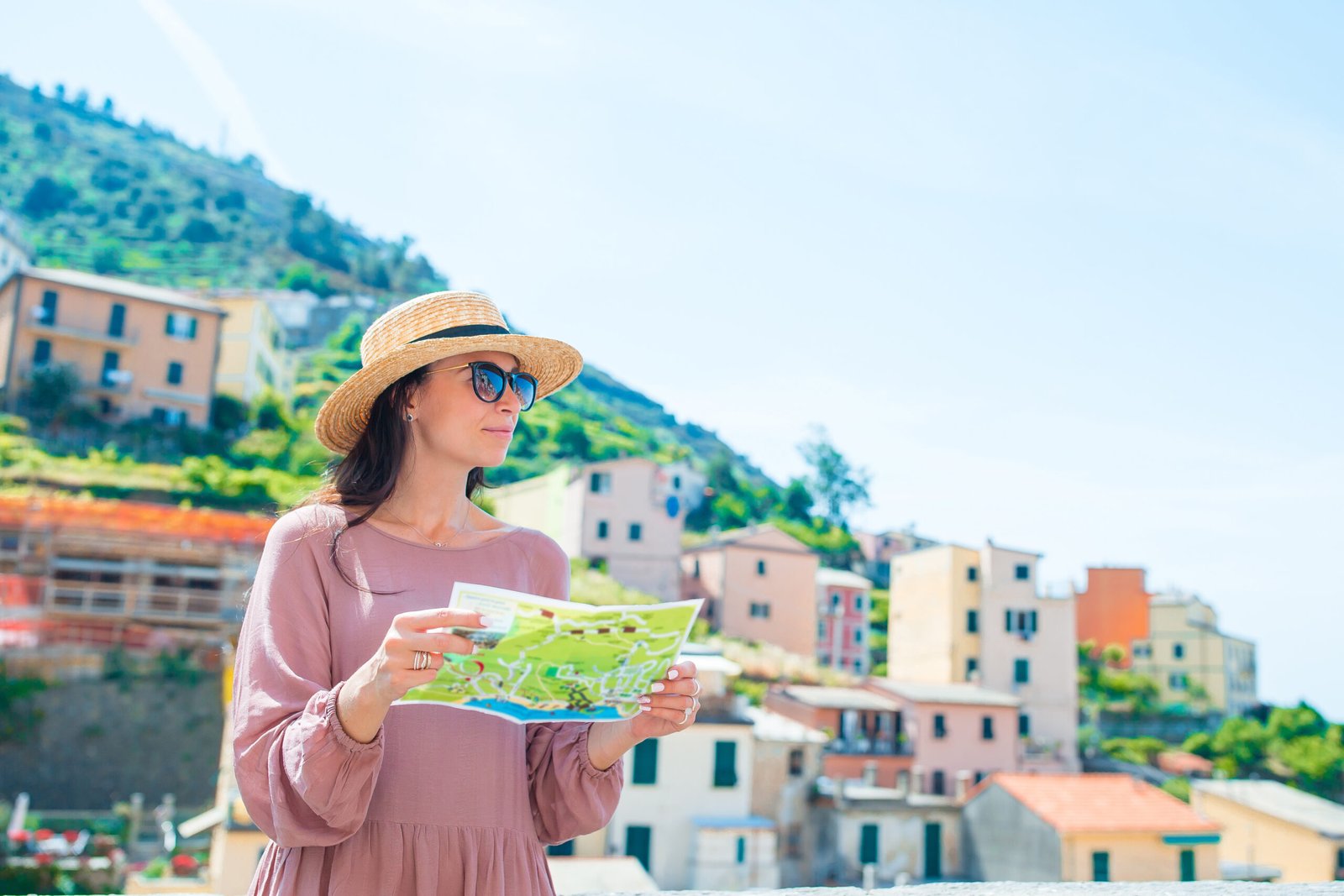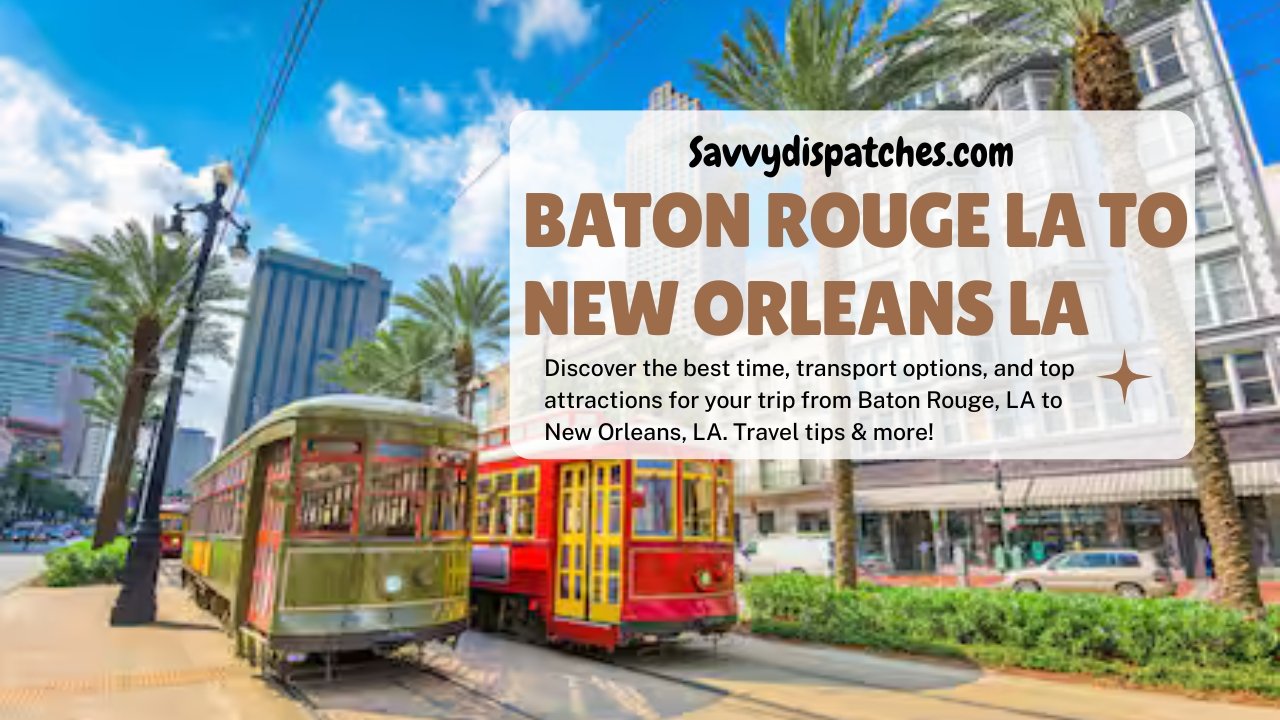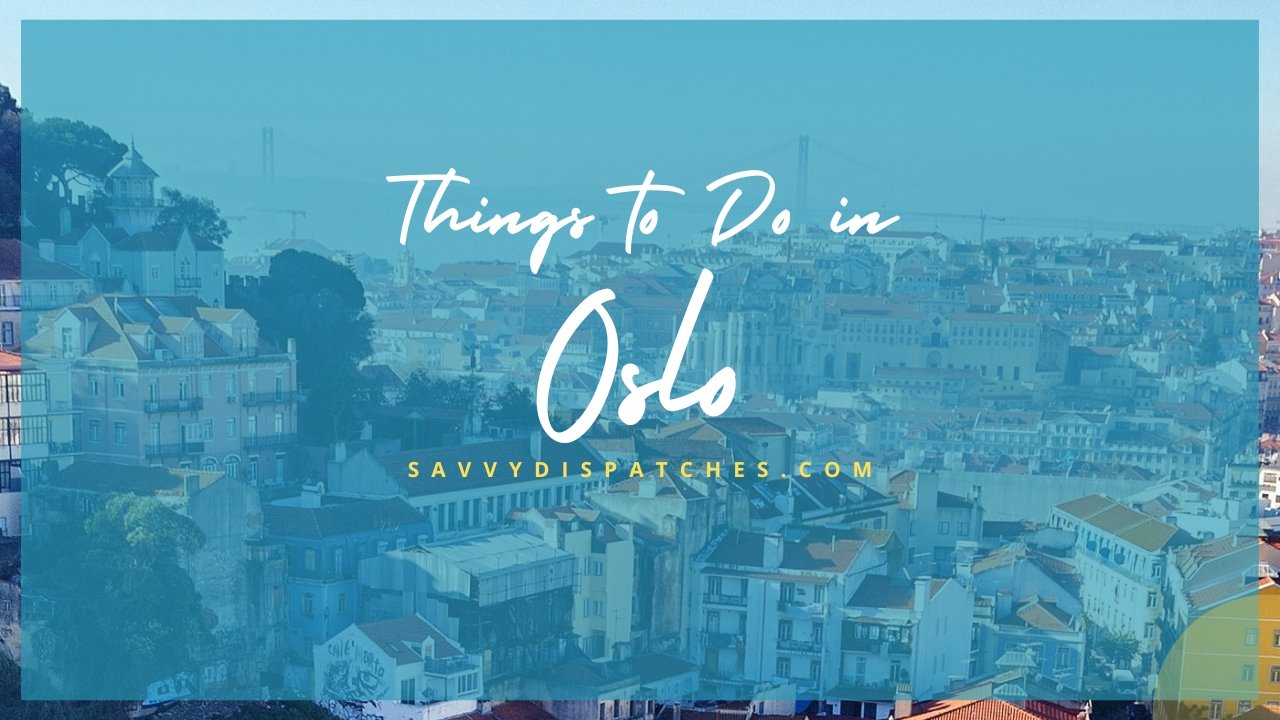Travel
Things to do in Minneapolis: Top Attractions and Activities

Travel
The Ultimate Tuscan Itinerary: A 10-Day Road Trip Based in a Private Lucca Villa

Imagine a different kind of journey. One where your days are filled with discovery—exploring marble mountains, medieval hamlets, and sun-drenched coastlines—but your evenings are a welcome return to a place that feels like home. A place with a private pool shimmering under the stars, a kitchen filled with the fresh bounty from a local market, and the space to truly unwind. This is the promise of a Lucca-based road trip, a “hub-and-spoke” adventure that combines the thrill of exploration with the unparalleled comfort of a private villa.
This 10-day itinerary is designed for the savvy traveler who craves both authenticity and luxury. It uses the enchanting walled city of Lucca as a strategic and soulful anchor, allowing you to dive deep into the heart of northern Tuscany without the logistical headaches of a traditional multi-stop trip. Prepare to experience Italy not as a tourist, but as a temporary local, with the keys to your own Tuscan sanctuary.
Day 1: Arrival in Lucca and the Art of Settling In
Your Tuscan adventure begins the moment you touch down at Pisa International Airport (PSA) or Florence Airport (FLR), both convenient gateways to the region. Pick up your rental car—an essential companion for the days ahead—and feel the excitement build as you leave the city bustle behind. The drive to Lucca is a short, scenic introduction to the landscape, with views of the Apuan Alps in the distance.
Afternoon: Your Villa Awaits
Arrive at your private villa, your home for the next ten days. This isn’t just a place to sleep; it’s the centerpiece of your experience. Take the time to truly settle in. Unpack completely, hang up your clothes, and stock the pantry. Open the French doors, breathe in the fragrant air, and perhaps pour your first glass of local Vermentino. Explore the grounds, take a dip in the pool, and let the gentle rhythm of Tuscan life begin to wash over you. The first afternoon is dedicated to decompression. There is no schedule to keep, no landmark to check off a list. Your only task is to embrace the luxury of having your own private space in one of the most beautiful corners of the world.
Evening: A Stroll on Lucca’s Walls
As the sun begins to dip, head into Lucca itself. The city’s most unique feature is its perfectly preserved Renaissance-era walls, which have been transformed into a wide, tree-lined promenade. Join the locals for their evening passeggiata (stroll), renting a bike or simply walking the 4.2-kilometer loop. From this elevated perspective, you can peer down into hidden gardens, admire the terracotta rooftops, and get a feel for the city’s layout. For dinner, choose a classic trattoria in the city center, like Trattoria da Leo, for a no-frills, delicious introduction to Lucchese cuisine. Order the tordelli lucchesi, a local meat-filled pasta, and toast to the journey ahead.
Day 2: Marble Mountains and Coastal Glamour
Today is a day of dramatic contrasts, taking you from the stark, white peaks of the Apuan Alps to the chic, sandy shores of the Versilia coast. It’s a journey that showcases the incredible diversity of terrain just a short drive from Lucca.
Morning: The World of Carrara Marble
Drive north towards Carrara, a name synonymous with the world’s most coveted marble. This is the very stone Michelangelo used for his David. The journey itself is breathtaking, as the mountains reveal their “snow-capped” peaks, which are in fact exposed white marble.
- Guided Quarry Tour: Book a 4×4 Jeep tour to take you deep into the heart of the quarries. It’s an otherworldly experience, driving through landscapes of pure white, learning about the centuries-old excavation techniques that are still in use today.
- Colonnata’s Culinary Secret: For a truly unique lunch, drive up to the tiny quarrying village of Colonnata. Here, you’ll find Lardo di Colonnata, a cured pork fat that is aged for months in marble basins. Visit a local larderia to sample this savory delicacy, typically served thinly sliced on warm bread.
Afternoon: Viareggio and Forte dei Marmi
From the rugged mountains, descend to the coast. The Versilia is Tuscany’s answer to the French Riviera. Start in Viareggio, known for its beautiful Art Nouveau architecture along the seaside promenade. Then, continue to the ultra-exclusive Forte dei Marmi. This is where Italy’s elite come to play. The town is filled with high-end designer boutiques, elegant beach clubs, and beautiful people. Even if you don’t rent a cabana, a walk along its pristine beach and a browse through its stylish streets is an experience in itself. Enjoy an aperitivo at one of the chic beachfront cafes, watching the sun set over the Ligurian Sea before making the easy drive back to your villa.
Day 3: Pisa and a Touch of Pisan Hills Wine
No trip to this part of Tuscany is complete without seeing the iconic Leaning Tower, but today’s itinerary pairs this world-famous sight with a deeper dive into the surrounding countryside, revealing a region known for its excellent, lesser-known wines.
Morning: Beyond the Lean in Pisa
The key to visiting Pisa is to go early. Arrive before the main crowds descend on the Piazza dei Miracoli (Square of Miracles). The architectural ensemble here is truly stunning, and includes not just the Tower, a marvel of medieval engineering gone wrong, but also the magnificent Cathedral (Duomo) and the Baptistery.
- Climb the Tower: If you have a head for heights, pre-book tickets to climb the 294 steps to the top. The view is spectacular, and the feeling of climbing the tilted spiral staircase is unforgettable.
- Explore the Rest of the City: Don’t just stay in the Piazza. Wander across the Arno River into the city proper to discover the real Pisa. Explore the bustling market at Piazza delle Vettovaglie and stroll along the Borgo Stretto for a more authentic local experience.
Afternoon: Wine Tasting in the Colline Pisane
Leave the city behind and head south into the Pisan Hills (Colline Pisane). This rolling landscape is dotted with vineyards and olive groves and produces exceptional Sangiovese-based red wines. Visit a family-run winery like Tenuta di Ghizzano or Badia di Morrona for a guided tour and tasting. You’ll learn about the terroir and production methods, and sample wines that rival those from more famous Tuscan regions, often at a fraction of the price. The intimate, personal nature of these smaller wineries provides a stark contrast to the crowds of Pisa. Enjoy a leisurely drive back to Lucca, perhaps with a few new bottles to enjoy by your pool.
Day 4: A Day of Relaxation and Culinary Arts at Your Villa
One of the greatest luxuries of a villa-based vacation is the freedom to do nothing at all. Today is about recharging and immersing yourself in the Tuscan lifestyle right where you are. It’s a pause that makes the days of exploration even more rewarding.
Morning: Local Market and Leisure
Start the day with a trip to a local market. If it’s a Wednesday or Saturday, the Mercato Storico at Piazza Anfiteatro in Lucca is a must. If not, find a smaller neighborhood market or a well-stocked alimentari (deli). This isn’t just a shopping trip; it’s a cultural immersion. Engage with the vendors, ask for their recommendations, and gather the freshest local ingredients: sun-ripened tomatoes, fragrant basil, handmade pasta, local cheeses like Pecorino, and freshly pressed olive oil.
Return to your villa and spend the rest of the morning at your leisure. Read a book by the pool, go for a swim, or simply sit on the terrace and enjoy the view.
Afternoon: Private Cooking Class
Arrange for a private chef to come to your villa for a hands-on cooking class. This is an unparalleled experience that allows you to learn the secrets of Tuscan cuisine in the comfort of your own kitchen. You’ll work with the ingredients you purchased in the morning, learning to prepare classic dishes like panzanella (bread salad), handmade gnocchi, or a perfect bistecca alla fiorentina. The experience culminates in a magnificent dinner, enjoying the fruits of your labor without having to worry about driving home. It’s an intimate, educational, and delicious way to connect with the local culture.
Day 5: The Enchanting Garfagnana and a Devil’s Bridge
Head north from Lucca into a different Tuscany—a wilder, more mountainous region known as the Garfagnana. This is a land of dense chestnut forests, hidden medieval villages, and breathtaking mountain scenery, offering a refreshing break from the classic rolling hills.
Morning: The Devil’s Bridge and Barga
Your first stop is the Ponte della Maddalena, more famously known as the “Devil’s Bridge,” near the town of Borgo a Mozzano. This striking 11th-century bridge features a dramatically high, asymmetrical arch, and is shrouded in fascinating local legends.
Continue driving deeper into the valley to the town of Barga. Perched on a hilltop, it is officially recognized as one of “I Borghi più belli d’Italia” (The Most Beautiful Villages in Italy). Park outside the walls and wander through its steep, cobbled lanes. Make your way to the top to visit the Duomo di San Cristoforo, a stunning example of Romanesque architecture that offers panoramic views of the surrounding mountains. The town has a unique and strong connection to Scotland, due to historic emigration, so don’t be surprised to hear a Scottish accent or see a red telephone box!
Afternoon: Grotta del Vento and a Rustic Lunch
For the adventurous, a visit to the Grotta del Vento (Cave of the Wind) is a must. This extensive cave system offers guided tours of varying lengths, taking you past incredible stalactites, stalagmites, and underground rivers.
For lunch, find a traditional osteria in one of the small villages like Castelnuovo di Garfagnana. This is the place to try regional specialties like spelt soup (zuppa di farro), polenta with mushrooms, and cured meats from the area. The drive back to Lucca in the late afternoon, as the light softens over the mountains, is a perfect end to a day of rugged exploration.
Day 6: Florence by Train – Art and History Without the Drive
While the beauty of a road trip is the car, the smartest way to visit Florence from Lucca is by train. The direct train service is frequent, affordable, and takes you directly into the city center in about 90 minutes, allowing you to avoid the notorious traffic and parking challenges of the Renaissance capital.
Morning: Renaissance Masterpieces
Focus your morning on the essentials, but do it smartly. Pre-book your tickets online months in advance to avoid hours-long queues.
- Accademia Gallery: Start here to see Michelangelo’s David. Seeing it in person is a profound experience that no photograph can replicate.
- Piazza del Duomo: Marvel at Brunelleschi’s magnificent dome, Giotto’s bell tower, and the Baptistery. The sheer scale and beauty are overwhelming.
- Uffizi Gallery: If you are a true art lover, dedicate a few hours to this world-class museum. If your time is limited, perhaps skip it in favor of soaking up the city’s atmosphere.
Afternoon: The Oltrarno and a View from Above
Cross the iconic Ponte Vecchio bridge into the Oltrarno district. This is the artisan quarter of Florence, an area filled with workshops, antique stores, and authentic trattorias. It’s the perfect place to find a unique, handcrafted souvenir and enjoy a relaxed lunch.
In the late afternoon, make the climb up to Piazzale Michelangelo. This terrace offers the definitive panoramic postcard view of Florence, with the Duomo, Palazzo Vecchio, and the Arno River laid out before you. It’s the perfect spot to watch the city glow in the golden hour before heading back to the Santa Maria Novella station for your relaxing train ride back to Lucca.
Day 7: The Wine Roads of Montecarlo and Leonardo’s Hometown
Today, you’ll explore the charming wine region right on Lucca’s doorstep before venturing a bit further to the birthplace of the ultimate Renaissance man, Leonardo da Vinci.
Morning: Montecarlo’s White Wines
Just east of Lucca lies the small but prestigious DOC wine region of Montecarlo. While Tuscany is famous for its reds, Montecarlo is celebrated for its crisp, elegant white wines (Montecarlo Bianco), a blend that often includes Trebbiano, Sémillon, and Pinot Grigio. The landscape is a picturesque tapestry of vineyards and olive groves. Visit a renowned estate like Tenuta del Buonamico for a tour of their cellars and a tasting of their award-winning wines, both white and red. The “hub-and-spoke” approach to travel is precisely what makes the choice of one of the premier luxury villa rentals in Tuscany not just an indulgence, but a strategic advantage for the discerning explorer, allowing for easy, relaxed day trips like this one.
Afternoon: In the Footsteps of Leonardo in Vinci
From Montecarlo, drive southeast to the town of Vinci, the birthplace of Leonardo. The town is a pilgrimage site for admirers of his genius.
- Museo Leonardiano: This museum, housed in two separate buildings, showcases reconstructions of Leonardo’s ingenious machines, from flying contraptions to military weapons. It’s a fascinating look into the mind of a true visionary.
- Leonardo’s Birthplace: A short drive or a pleasant walk through olive groves takes you to the simple farmhouse in Anchiano where Leonardo was born in 1452. The house itself is modest, but the sense of place and the beautiful views that likely inspired his early landscape drawings are palpable.
Enjoy the scenic drive back to your villa, reflecting on a day that perfectly blends the pleasures of the palate with the inspiration of genius.
Day 8: Sun, Sand, and Culture in Versilia’s Quieter Corners
Return to the Versilia coast, but this time, explore its more artistic and laid-back side, away from the glitz of Forte dei Marmi.
Morning: Pietrasanta, the City of Artists
Pietrasanta is known as “Little Athens” for its deep connection to art, particularly sculpture. Thanks to its proximity to the Carrara marble quarries, it has been a magnet for artists for centuries, including Michelangelo and, in modern times, Henry Moore and Fernando Botero. The town is essentially an open-air museum.
- Piazza del Duomo: The main square is filled with temporary, large-scale sculptures from internationally renowned artists.
- Art Galleries and Workshops: Wander the streets and you’ll find countless art galleries, bronze foundries, and marble workshops (laboratori). Many are open to visitors, offering a chance to see artisans at work.
- Museo dei Bozzetti: This unique museum houses a collection of plaster models and sketches, the initial drafts for sculptures that are now displayed all over the world.
Afternoon: Relaxation at Marina di Pietrasanta
After a morning of culture, head to the nearby beach at Marina di Pietrasanta. It’s more relaxed and family-friendly than Forte dei Marmi but still offers excellent beach clubs (bagni) where you can rent an umbrella and loungers for the afternoon. Enjoy a long, leisurely seafood lunch at a restaurant on the beach with your feet practically in the sand. Spend the rest of the day swimming, sunbathing, and enjoying the simple pleasures of the Italian seaside before your short drive back home.
Day 9: A Journey to the Cinque Terre
While not technically in Tuscany, the five famed villages of the Cinque Terre are an unmissable and surprisingly accessible day trip from Lucca. The key is to drive to La Spezia, park your car at the train station, and use the local train to hop between the villages.
All Day: Exploring the Five Lands
The Cinque Terre Express train runs frequently and connects all five villages: Riomaggiore, Manarola, Corniglia, Vernazza, and Monterosso al Mare. It’s best to choose three or four villages to explore to avoid rushing.
- Vernazza: Often considered the most picturesque, with its natural harbor, colorful houses, and ancient watchtower.
- Manarola: Famous for its vineyards that cling precariously to the cliffs. The walk up to the Punta Bonfiglio viewpoint offers the classic photo opportunity.
- Monterosso al Mare: The largest of the villages and the only one with a proper, long sandy beach. It’s a great place to stop for a swim and lunch.
- Riomaggiore: A classic fishing village with steep, colorful buildings cascading down to a tiny harbor.
Hike a portion of the famous Sentiero Azzurro (Blue Trail) if it’s open (check conditions beforehand, as trails can close due to landslides). The stretch from Monterosso to Vernazza is challenging but offers breathtaking views. At the end of the day, take the train back to La Spezia and return to your Lucca villa, tired but exhilarated by the dramatic coastal beauty.
Day 10: One Last Cappuccino and Departure
On your final day, the pace is slow and reflective. Enjoy a final, leisurely breakfast on your villa’s terrace. Take one last swim in the pool, savoring the peace and privacy that has been your anchor throughout this incredible journey.
Morning: Last-Minute Souvenirs in Lucca
Head into Lucca for one last walk. This is the perfect time to pick up any last-minute gifts or souvenirs. Look for local specialties like buccellato (a sweet, anise-flavored bread), high-quality olive oil, or a beautiful piece of local ceramic. Sit in a cafe in Piazza San Michele, order a cappuccino, and simply watch the world go by, cementing the memories of the past ten days.
Depending on your flight schedule, make the easy drive back to Pisa or Florence airport. As you head home, you’ll carry with you not just photographs, but a deep sense of connection to a place you were able to experience on your own terms, with the freedom of the open road and the comforting embrace of a home away from home. This is the real magic of Tuscany, unlocked one day trip at a time.
Destinations
Baton Rouge LA to New Orleans LA: A Comprehensive Travel Guide

Embarking on a journey from Baton Rouge LA to New Orleans LA offers a rich tapestry of Louisiana’s culture, history, and natural beauty. Whether you’re a backpacker seeking adventure, a luxury traveler desiring comfort, a family on vacation, a digital nomad exploring new horizons, or an adventure seeker craving unique experiences, this guide caters to all.
Best Time to Visit
Spring (March–May): Ideal for pleasant weather and vibrant festivals like the Baton Rouge Blues Festival.
Fall (October–December): Offers cooler temperatures and fewer tourists, perfect for exploring at a leisurely pace.
Summer (June–August): Expect high humidity and temperatures, but it’s also festival season with events like Mardi Gras.
Winter (December–February): Milder temperatures and festive decorations, though some attractions may have reduced hours.
Top 10 Must-Visit Attractions
Louisiana State Capitol (Baton Rouge): The tallest U.S. state capitol building, offering panoramic views from its observation deck.
Old State Capitol (Baton Rouge): A Gothic Revival building housing a museum that delves into Louisiana’s political history.
USS Kidd Veterans Museum (Baton Rouge): A World War II Fletcher-class destroyer turned museum, providing insights into naval history.
St. Joseph Cathedral (Baton Rouge): A stunning example of Gothic Revival architecture, serving as the mother church of the Diocese of Baton Rouge.
Magnolia Mound Plantation House (Baton Rouge): A French Creole house offering a glimpse into 18th-century Louisiana life.
French Quarter (New Orleans): The historic heart of New Orleans, known for its vibrant nightlife, music, and architecture.
Jackson Square (New Orleans): A historic park surrounded by landmarks like the St. Louis Cathedral and the Cabildo.
National WWII Museum (New Orleans): An extensive museum detailing the history of World War II with immersive exhibits.
Garden District (New Orleans): Famous for its well-preserved antebellum mansions and oak-lined streets.
St. Charles Avenue Streetcar (New Orleans): A scenic ride through historic neighborhoods, offering a unique perspective of the city.
Local Cuisine Recommendations
Gumbo: A hearty stew with French, Spanish, and African influences. Try it at The Chimes in Baton Rouge.
Po’boys: A traditional sandwich filled with fried seafood or meats. Visit Parkway Bakery in New Orleans.
Beignets: Deep-fried pastries dusted with powdered sugar. Café du Monde in New Orleans is iconic.
Jambalaya: A Creole dish with rice, vegetables, and meat or seafood. Sample it at The Original Pierre Maspero’s.
Boudin: A sausage made from pork, rice, and spices. Check out The Best Stop Supermarket in Scott.
Transportation Tips
By Car: The drive from Baton Rouge to New Orleans via I-10 takes approximately 1.5 to 2 hours.
Public Transport: In Baton Rouge, the Capital Area Transit System (CATS) offers bus services. In New Orleans, the Regional Transit Authority (RTA) operates buses and streetcars.
Car Rentals: Available at Baton Rouge Metropolitan Airport and Louis Armstrong New Orleans International Airport.
Upcoming Rail Service: Amtrak plans to reintroduce passenger rail service between Baton Rouge and New Orleans, with operations expected to commence in 2027.
Budget Breakdown
Budget Travelers: $50–$100 per day. Opt for hostels, motels, and local eateries.
Mid-Range Travelers: $100–$250 per day. Stay in 3-star hotels, dine at mid-range restaurants, and engage in guided tours.
Luxury Travelers: $250+ per day. Enjoy 5-star accommodations, fine dining, private tours, and premium experiences.
Hidden Gems & Off-the-Beaten-Path Locations
Bluebonnet Swamp Nature Center (Baton Rouge): A serene spot for nature walks and wildlife observation.
Electric Depot (Baton Rouge): A revitalized space with local shops, eateries, and entertainment.
Bayou Sauvage National Wildlife Refuge (New Orleans): A vast wetland offering birdwatching and eco-tours.
St. Roch Market (New Orleans): A historic market turned food hall, showcasing local vendors.
Safety Tips & Cultural Etiquette
Safety: Both cities are generally safe for tourists. Exercise standard precautions, especially in crowded areas.
Cultural Etiquette: Embrace the local customs, such as greeting with a smile and tipping service workers appropriately.
Weather Awareness: Louisiana’s weather can be unpredictable. Stay hydrated and be prepared for sudden rain showers.
Sample Itineraries
3-Day Itinerary:
Day 1: Explore Baton Rouge’s historic sites and enjoy local cuisine.
Day 2: Drive to New Orleans, visit the French Quarter, and experience live jazz.
Day 3: Tour the National WWII Museum and relax in the Garden District.
7-Day Itinerary:
Day 1–2: Discover Baton Rouge’s attractions and dining spots.
Day 3: Visit nearby plantations and swamps.
Day 4–5: Head to New Orleans, exploring its neighborhoods and cuisine.
Day 6: Take a day trip to nearby towns like Lafayette or Houma.
Day 7: Relax and enjoy a leisurely day in New Orleans before departure.
Conclusion & Practical Travel Tips
Packing: Light, breathable clothing is recommended due to the warm climate.
Connectivity: Both cities offer reliable internet access, suitable for digital nomads.
Local Events: Check local calendars for festivals and events that may enhance your experience.
Health: Stay updated on any travel advisories or health guidelines.
Embarking on the Baton Rouge LA to New Orleans LA journey promises a blend of history, culture, and Southern hospitality. Whether you’re seeking adventure, relaxation, or cultural immersion, this route offers something for every traveler.
Things To Do
Things to Do in Oslo: A Travel Guide for Every Traveler

 Blog10 months ago
Blog10 months agoHow to Deal with Scabies While Traveling

 Travel10 months ago
Travel10 months agoRichmond, Virginia Street Art Guide

 Travel9 months ago
Travel9 months agoPerhentian Islands: How to Get There, What to Expect, & More

 Travel9 months ago
Travel9 months agoHow to Live in Your Car in New Zealand

 Travel9 months ago
Travel9 months agoSouvenir in Nepal: A Guide to Unique Handicrafts and Cultural Treasures

 Travel9 months ago
Travel9 months agoVegan Guide to Dining Out in Richmond, Virginia

 Food9 months ago
Food9 months agoVegetarian Food Nepal: A Journey into Flavorful Plant-Based Cuisine

 Travel6 months ago
Travel6 months agoA Local’s Guide to Sanibel Island, Florida
















